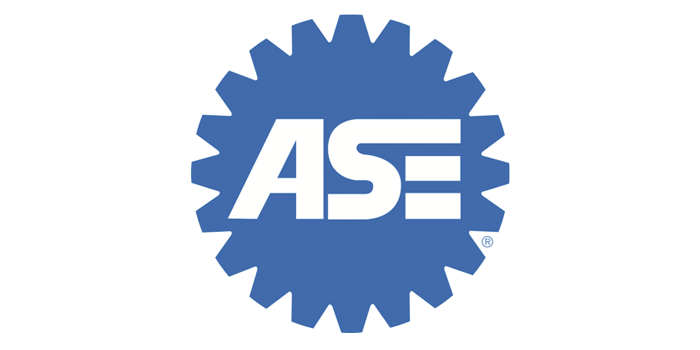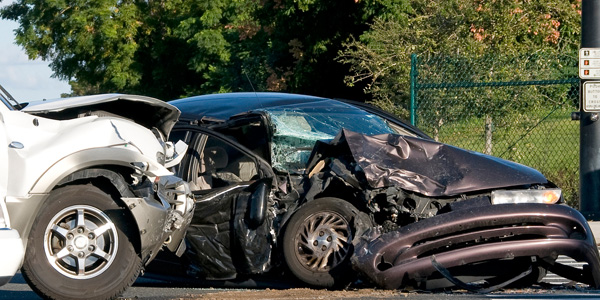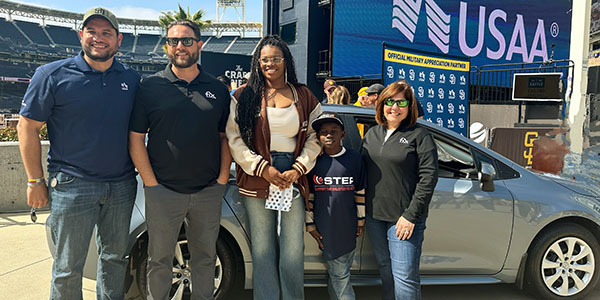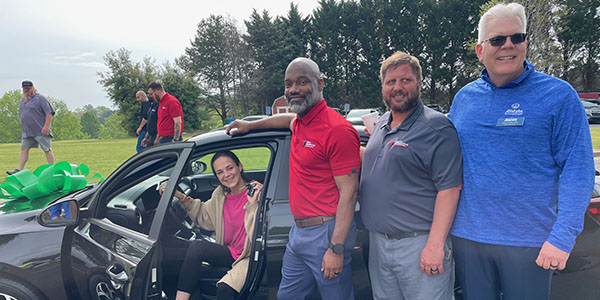Powered by surprisingly strong consumer interest, partially autonomous vehicles (AVs) are likely to penetrate the market as early as 2017, followed by a series of enhancements that will make fully self-driving cars a market reality in a decade and a common sight within two decades, according to new research by The Boston Consulting Group (BCG).
On the basis of in-depth analyses of the trends driving the development and likely adoption of AVs, BCG expects that partially self-driving cars with highway autopilot functionality and traffic jam autopilot will hit the roads in large numbers by 2017, followed by urban autopilot by 2022 and fully autonomous driving by 2025.
Mass adoption of AVs will not occur, however, until vehicles are secure from cyberattack, uncertainty about liability is resolved, remaining social resistance is overcome and high-precision maps are developed. Assuming those conditions are satisfied, a market opportunity of roughly $42 billion by 2025 awaits, says the global management consulting firm.
“Many people don’t realize how far along some of these technologies are,” said Xavier Mosquet, North America leader of BCG’s automotive practice and managing director of the firm’s Detroit office. “Even more surprising, consumer interest and the production costs will make autonomous vehicles highly attractive to both carmakers and their customers. We are witnessing a decades-old dream come true. But OEMs and technology suppliers will need time to build the right scale and reduce costs.”
Comprehensive Research
BCG’s study pulls together several strands of research, including an analysis of AV technologies and economics; U.S. consumer survey data; interviews with executives of automobile companies, suppliers and technology companies around the world; and an extensive review of industry publications, among other sources. As part of the research, BCG surveyed more than 1,500 U.S. drivers in September 2014 about their willingness to buy partially and fully autonomous vehicles. Fifty-five percent of respondents said they would likely or very likely buy a partially self-driving car within approximately five years, and 44 percent said they would likely or very likely buy a fully self-driving car within about 10 years. About 20 percent said they would pay more than $5,000 extra for features such as highway or urban autopilot. Consumers in other markets, such as China, Germany and Japan, would be willing to pay even more, according to published estimates.
Consumers cited the following as the most important reasons for buying a partially or fully self-driving car: lower insurance and fuel costs, increased safety and the ability to multitask or be entertained while the vehicle drives.
The price of AV technology, expected to come in at $2,000 to $10,000 per vehicle at launch, will decline at about 4 to 10 percent (on a compound annual basis) in the first 10 years or so, according to BCG. That will create a favorable business case for OEMs, which could achieve about 25 percent market penetration of AVs by 2035 with a favorable pricing strategy. Roughly 15 percent (18 million units) would be partially autonomous vehicles, and 10 percent (12 million units) would be fully autonomous. To achieve a higher rate of penetration, OEMs would need to find ways to reduce the total cost of ownership or persuade consumers to pay a higher premium for autonomous features.
Japan and Western Europe should be the fastest adopters, based on past experience with adaptive cruise control. The U.S. is expected to keep pace with global adoption rates, and China is expected to become the largest market for autonomous features, representing roughly 25 to 30 percent of global unit sales by 2035.
“Carmakers need to act now to prepare for this future. A significant new market is still theirs for the taking,” said Thomas Dauner, global leader of BCG’s automotive practice and a Stuttgart-based senior partner. “They should step up R&D investment in autonomous-driving features, with an expanded focus on software, sensor fusion and system integration. OEMs would also have to address alternate market segmentation in order to adapt to new trade-offs that consumers will make between autonomy and other car features.”
The Future Is Now
Several OEMs, technology companies and universities already have pilot projects under way or on the launch pad to test varying levels of self-driving capability. A number of near-term rollouts have been reported or announced. For example:
- Daimler’s Mercedes-Benz now sells a system that can pilot a car on a freeway, but its design requires the driver to keep a hand on the wheel. By 2016, the company plans to introduce Autobahn Pilot, which will allow hands-free highway driving with autonomous overtaking of other vehicles.
- Tesla Motors plans to offer hands-free highway driving in its Model S electric sedans in 2015.
- General Motors will offer Super Cruise in a new 2016 Cadillac sedan. The system will allow the car to automatically keep its lane, autonomously trigger braking and control speed.
- Volkswagen’s Audi unit intends to roll out technology to enable autonomous driving in urban traffic around 2016.
- Also in the 2016 time frame, Mobileye plans to launch – with two partner OEMs – the first hands-free-capable driving at highway speeds and in congested traffic situations.
Far-Reaching Implications for Transport and Related Sectors
Mass adoption of self-driving technology will carry with it tremendous economic and societal benefits, while disrupting business as usual for a wide variety of companies, including OEMs, mobility providers and component makers.
The cost and safety advantages of fully automated “robo-taxis” could revolutionize city driving, especially in the developing world. BCG case studies for New York City and Shanghai show that AVs have the potential to be 25 to 35 percent cheaper than conventional taxis. In Shanghai, the cost of a ride in a robo-taxi would be less than the cost of driving a private vehicle, even if the robo-taxi carried only one passenger, according to BCG.
AVs may also accelerate the trend toward car sharing and ride sharing, reducing the number of vehicle sales in megacities.













